|
|
|
|
Species Photo Gallery for Vitroliarus ecologus No Common Name 8 |
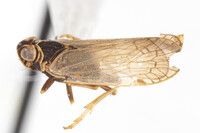 | Photo by: S.T. Dash
Out Of State Co.
Comment: UDCC_TCN 00003016rncoll. S.T. Dash; sweeping milkweedrndet. C.R. Bartlett | 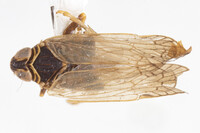 | Photo by: S.T. Dash
Out Of State Co.
Comment: UDCC_TCN 00003016rncoll. S.T. Dash; sweeping milkweedrndet. C.R. Bartlett |
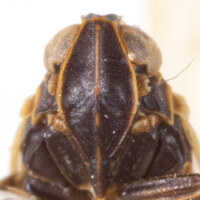 | Photo by: S.T. Dash
Out Of State Co.
Comment: UDCC_TCN 00003016rncoll. S.T. Dash; sweeping milkweedrndet. C.R. Bartlett | 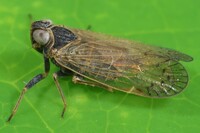 | Photo by: Rob Van Epps
Mecklenburg Co.
Comment: Caught sweeping in weedy field. |
 | Photo by: Rob Van Epps
Mecklenburg Co.
Comment: Caught sweeping in weedy field. |  | Photo by: Rob Van Epps
Mecklenburg Co.
Comment: Caught sweeping in weedy field. |
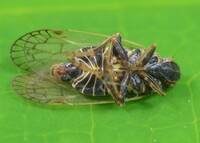 | Photo by: Rob Van Epps
Mecklenburg Co.
Comment: Caught sweeping in weedy field. | 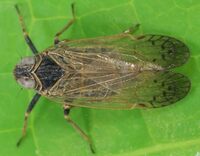 | Photo by: Rob Van Epps
Mecklenburg Co.
Comment: Caught sweeping in weedy field. |
|

 »
»

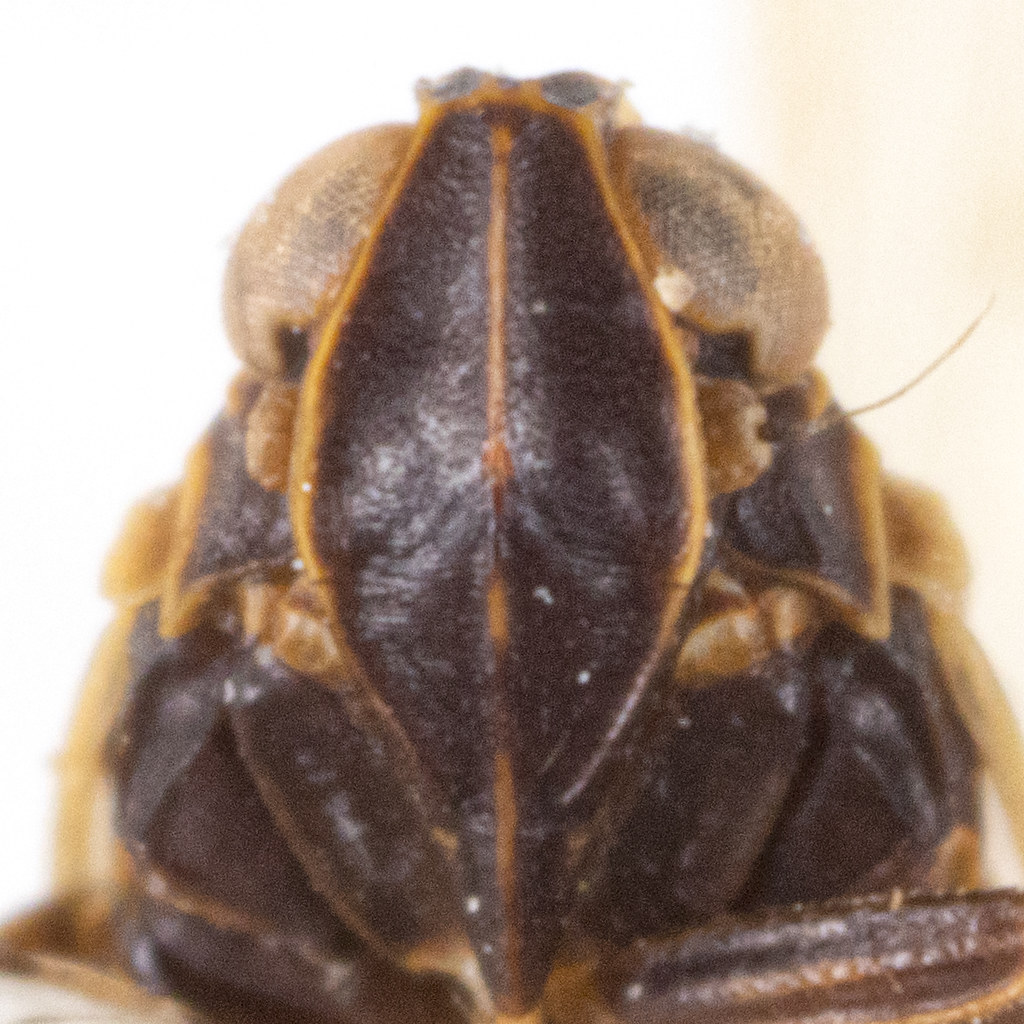


 »
»


